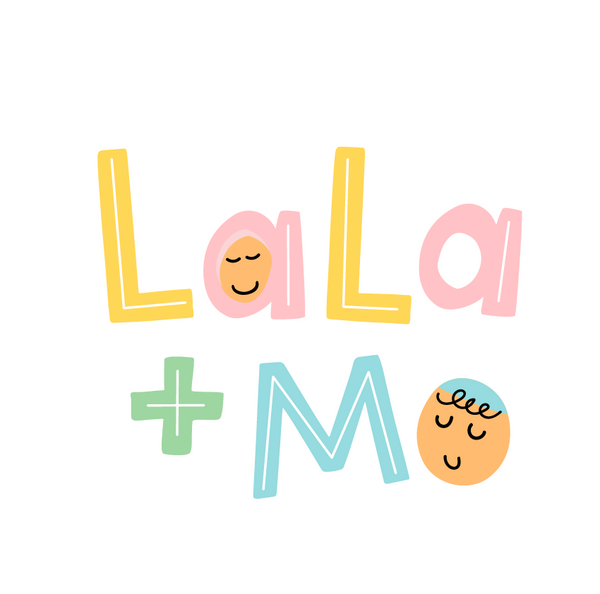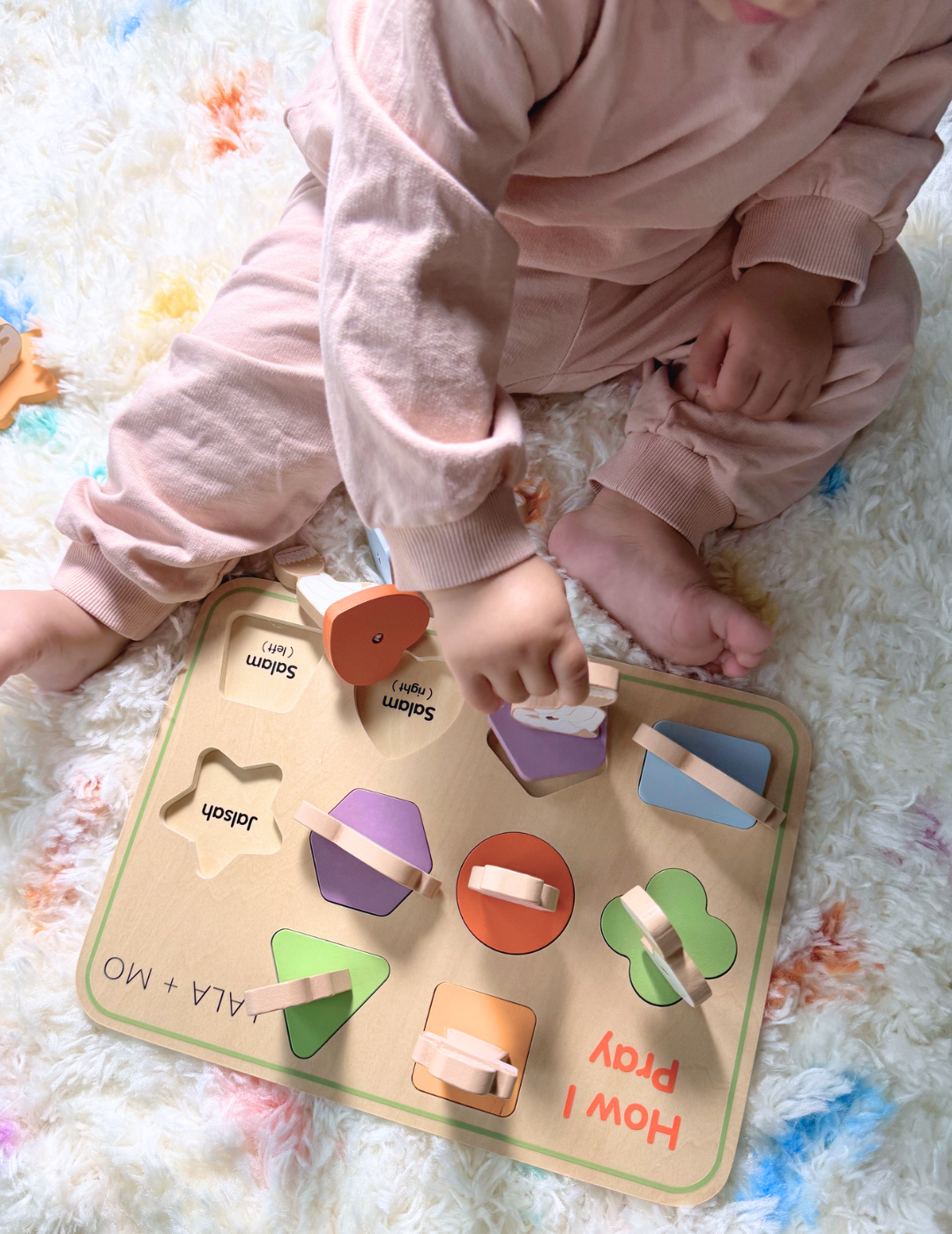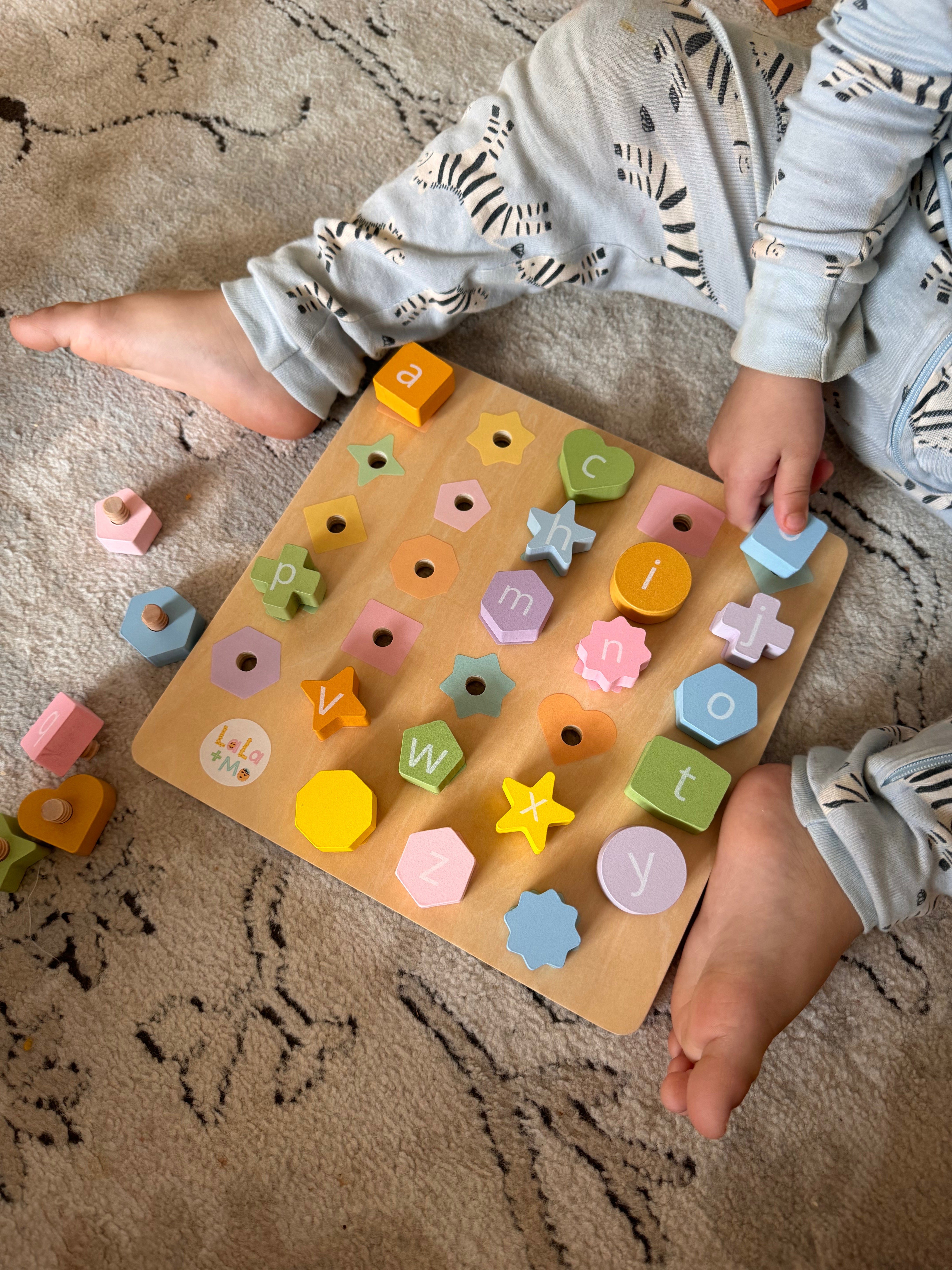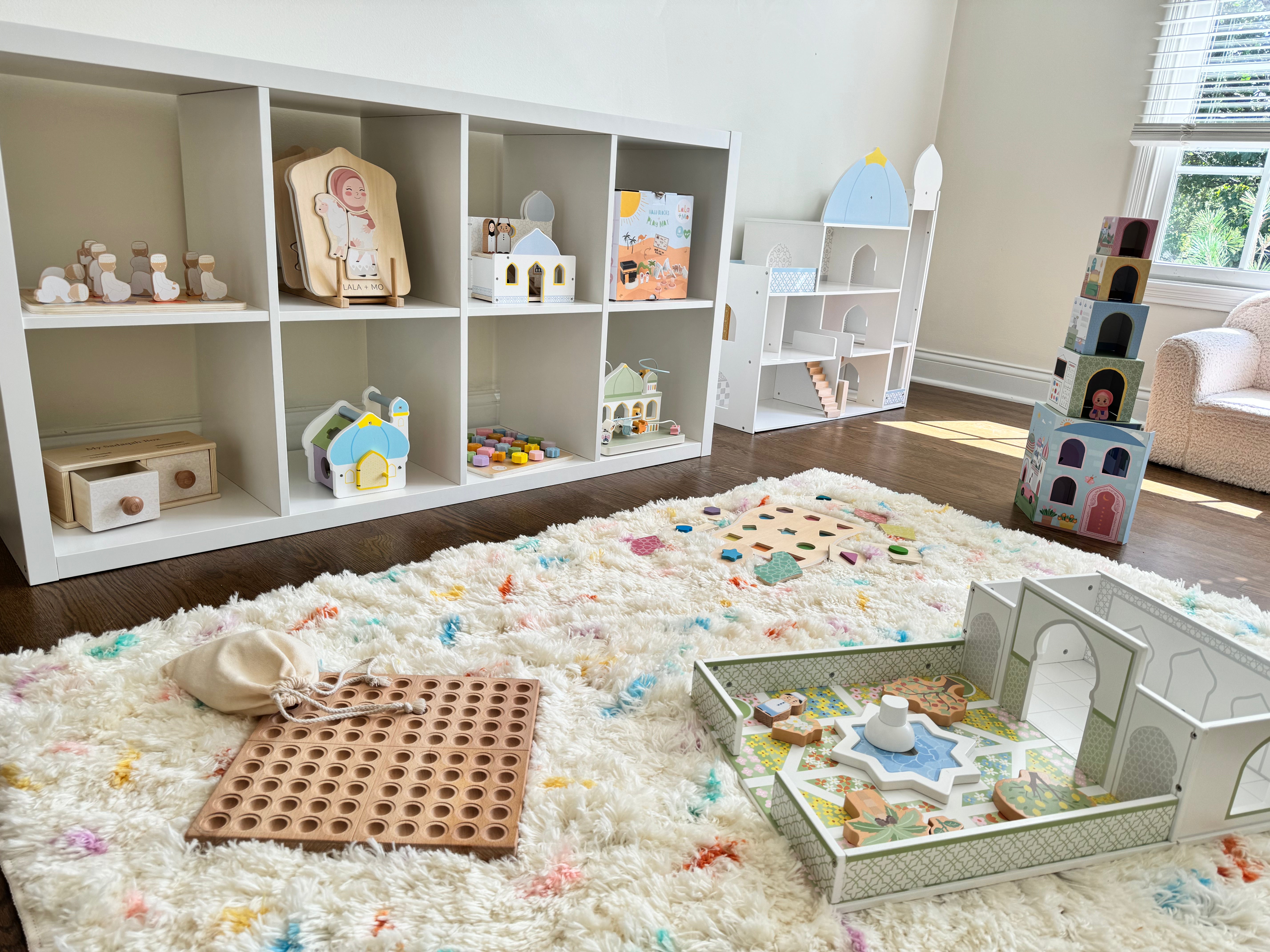
How to Teach Arabic to Toddlers at Home- the Montessori Way
Want to teach your child Arabic at home? You’re not alone.
Every day, Muslim parents search for:
🟢 How to teach Arabic to toddlers
🟢 Best Arabic books for kids
🟢 Montessori Arabic materials
🟢 Arabic language learning tools for preschoolers
🟢 How to teach Arabic at home without screens
At Lala + Mo, we know that teaching Arabic can feel overwhelming — especially if you’re not a native speaker. That’s why we designed our Arabic Montessori board books to make early Arabic learning simple, joyful, and hands-on.
Why Teach Arabic to Toddlers?
You might be wondering:
👉 Is my child too young to learn Arabic?
👉 How can I make Arabic fun and easy at home?
The answer? Start small. Start early. And make it playful.
Children between ages 0–6 are in their language explosion stage. Their brains are wired to absorb sounds and vocabulary — especially when connected to real-life objects and daily routines.
Early Arabic exposure helps your child:
-
👂 Develop strong Arabic pronunciation from the start
-
🧠 Absorb Arabic like a second mother tongue
-
📖 Build confidence for future Quran memorization and reading
-
🤍 Feel connected to Islamic identity and the Arabic of the Quran
Why Our Arabic Montessori Board Books Are Perfect for Home Learning
We’ve combined the Montessori method with authentic Arabic language development to create books that are:
📸 Real-Image Based
Each page features a real photo, not a cartoon — helping children recognize the object in real life and connect it to the Arabic word.
🖼️ Minimalist Layout
Just one image and one Arabic word per page. This reduces cognitive overload and builds focus — a Montessori principle called isolation of difficulty.
🖊️ Audio-Enabled with Ilm-Pen
Not fluent in Arabic? No problem. Tap each page with the Ilm-Pen to hear the correct Arabic pronunciation. Great for bilingual homes and non-native speakers.
🧒 Made for Toddlers
Sturdy pages, soft corners, and easy-to-clean surfaces make them perfect for everyday use — even by babies and busy little hands.
📚 Montessori-Aligned Topics
From fruits and vegetables to animals, colors, and body parts — each book is built around real-world themes that support toddler vocabulary building and Islamic values.
How to Use Arabic Montessori Books for Daily Language Learning
Here’s a simple routine for screen-free Arabic practice at home:
🕘 5 Minutes a Day is Enough
Open one book per day, choose 3–5 words, and repeat them with your child using the Ilm-Pen.
🏡 Link Arabic to Real Life
Say “موز” while peeling a banana. Say “باب” when you open the door. Montessori learning thrives on real-world association.
🗣️ Use Total Physical Response (TPR)
Jump when you say “قفز” (jump). Point to “عين” (eye). Move like a “أسد” (lion). Actions help kids retain vocabulary faster.
🎶 Sing the Words
Create simple tunes with the words — singing helps memory and turns learning into a joyful experience.
🔁 Repeat Throughout the Day
Repetition + consistency = language mastery. Use the same Arabic words during meals, bedtime, and play.
Common Arabic Learning Questions We Hear from Parents
❓ Can I teach Arabic if I don’t speak it fluently?
Yes! The Ilm-Pen does the heavy lifting with clear audio and translation for every word.
❓ Are these books Islamic or secular?
Both! They cover everyday words and support early Quran learning through Arabic vocabulary recognition.
❓ What age are these books best for?
Perfect for ages 0–6, especially during the toddler and preschool years when language skills are booming.
Start Your Arabic-at-Home Journey Today
If you’re searching for:
✅ Best Arabic books for toddlers
✅ Arabic Montessori toys and books
✅ How to teach Arabic at home
✅ Arabic vocabulary builders for preschool
✅ Islamic learning tools without screens
You’re in the right place.
🌿 Shop our Arabic Montessori board books at lalaandmo.com 🌿
Give your child the gift of Arabic — one beautiful word at a time.




